How Aboard Works: An Illustrated Guide
A simple step-by-step breakdown of how we build software—first in minutes, then in weeks.
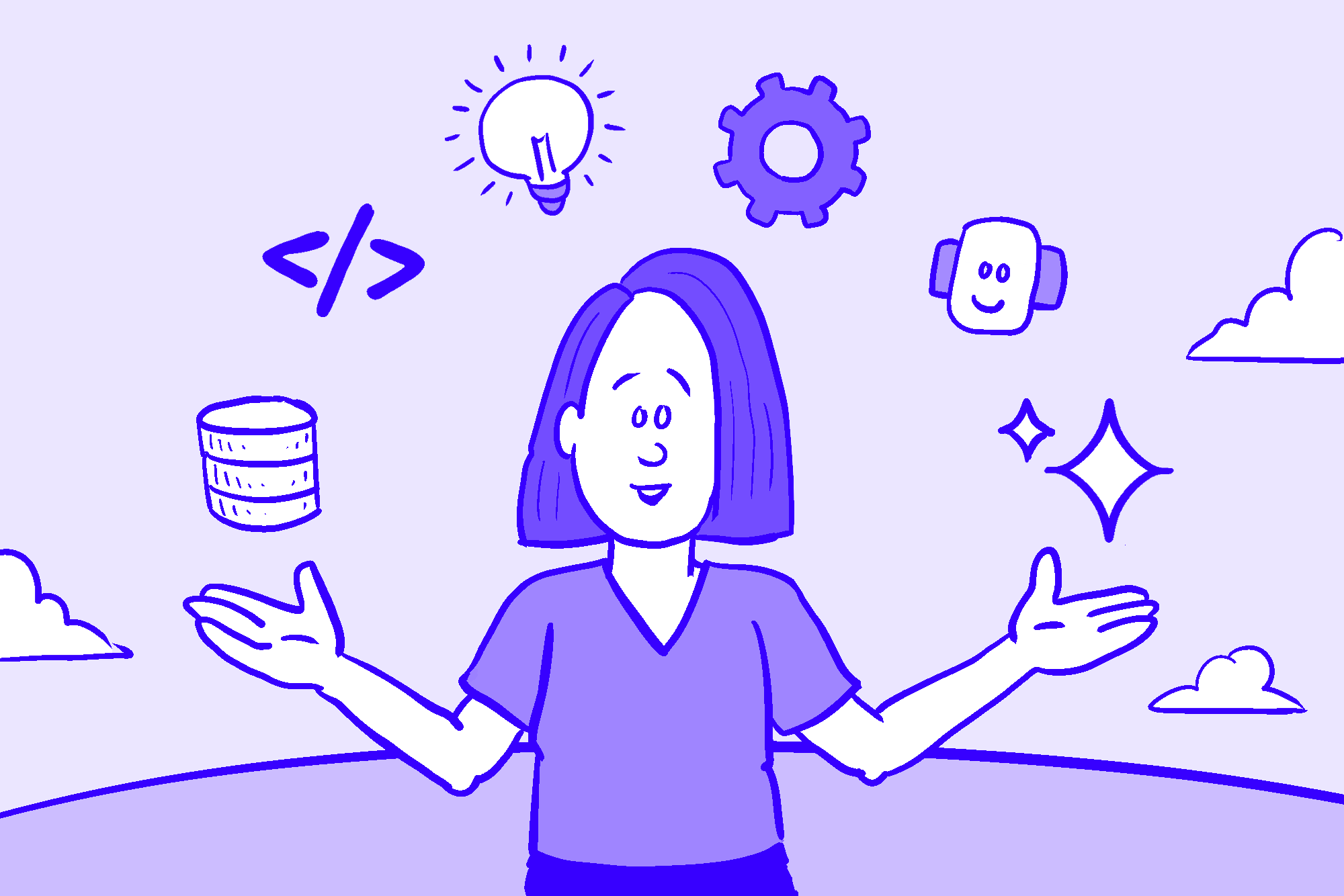
She’s not even juggling! It’s all right there!
In the Aboard newsletter and on our podcast, we tend to talk about the larger world of AI in software—without dwelling too much on Aboard. In general, that won’t change. But this week we launched a new version of our product, and I’d like to share how it works and how we’re building it. With copious illustrations.
So what’s new? It’s easier to show than tell. If you go to our brand-new website, you can type in a box, answer a series of questions, and it will build you a business app. For example, I typed:
I have a large pumpkin patch, apple orchard, and hayride business with $5.4m ARR. I need a PPP (picking, patch, and planting) manager, and a system for managing hayride scheduling and apple picking groups scheduling, especially for large groups. We’re also doing more weddings. I’d like to be able to manage employees, especially given seasonal variations, and to keep an active pipeline of new seasonal help.
And, after about five minutes, I had a business app called Harvest Manager—a real web application filled with sample data, not vibe-coded. (For the nerds among us, it’s PostgreSQL + Elixir + TypeScript + React stack.) Here’s what it looks like:
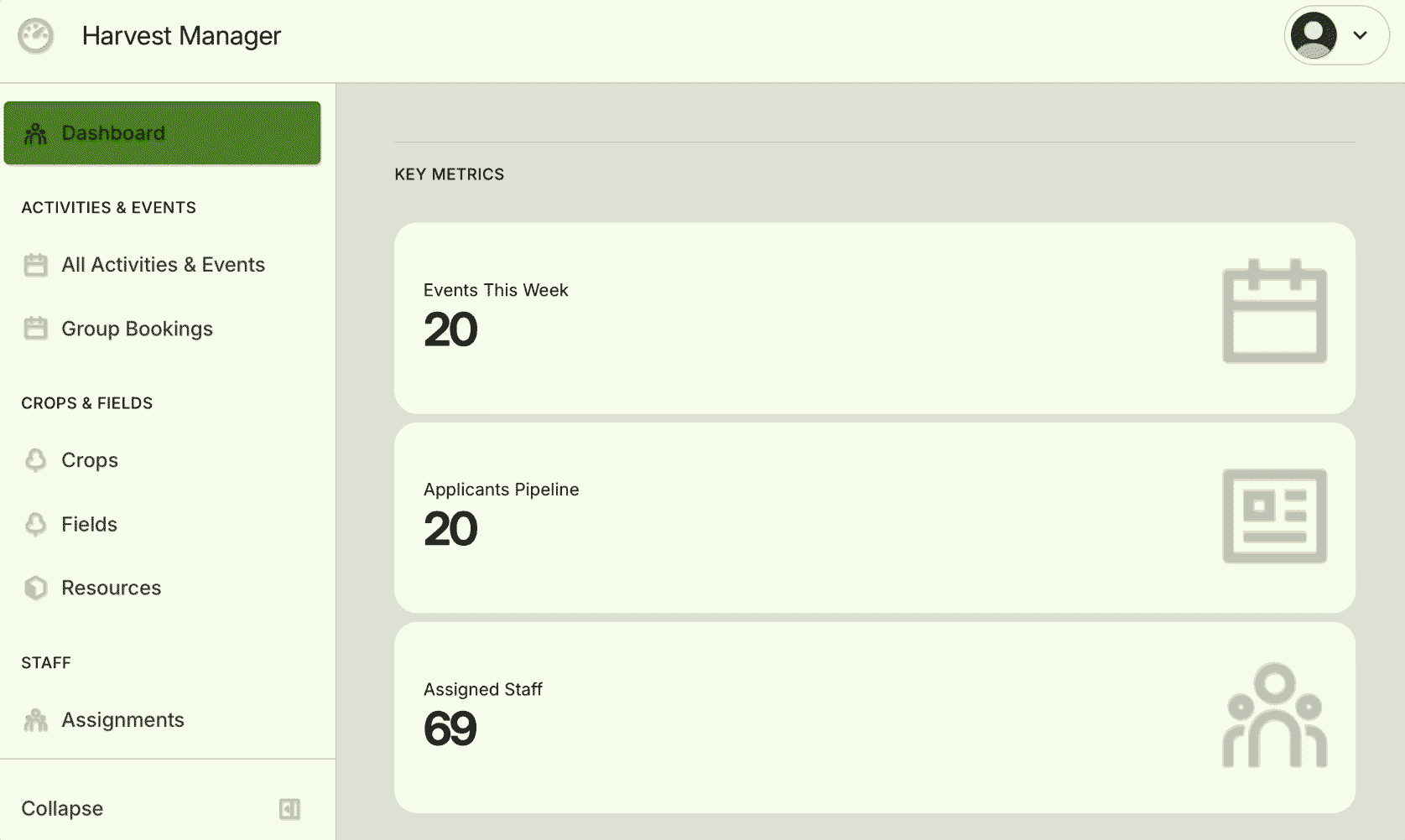
But you want to try it for yourself, take a look.
Want more of this?
The Aboard Newsletter from Paul Ford and Rich Ziade: Weekly insights, emerging trends, and tips on how to navigate the world of AI, software, and your career. Every week, totally free, right in your inbox.
I could use Harvest Manager to increase revenue, optimize planting, schedule church group visits—and it will let me grow from there. For example, I may expand into cider. I’ll be on my way to using my PPP (Picking, Patch, and Planting (Manager)) to become a PPPP (Proper Pumpkin Patch Plutocrat).
Here are some other prompts worth trying:
- “We need an HR directory with skills tracking for our entire engineering team, and it should also allow us to match employees to mentors.”
- “We are building an alumni engagement platform for our consulting firm.”
- “I’m looking for a man in finance. Trust fund, 6’5”, blue eyes.” (This produced a dating app for finance professionals.)
Those prompts will result in relatively abbreviated apps; if you put more work into the prompt (à la the pumpkin patch), you get complex apps with deep relations between data types. Please try it! And if you’re curious about how it works, read on.
Under the Hood
Aboard is not a vibecoding tool. It uses AI to gather requirements and define app structure, then builds a full-stack web app from that scaffolding. From there, AI and humans collaborate.
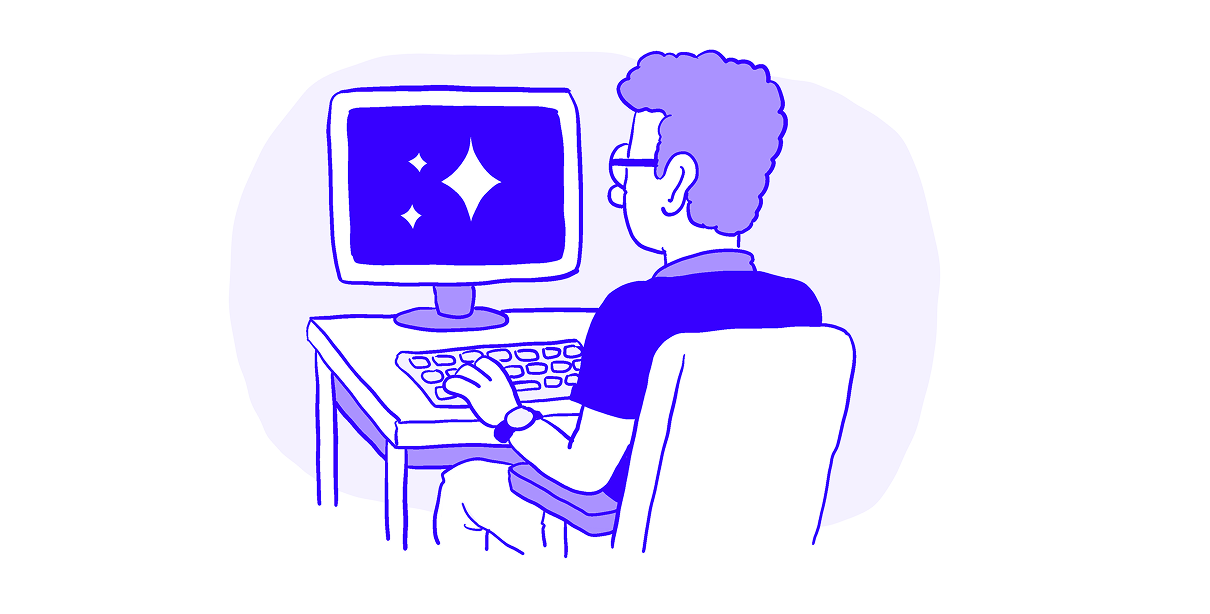
First, we use an AI LLM to start a conversation with you. We keep the AI on a very tight leash, totally focused on building useful business software.
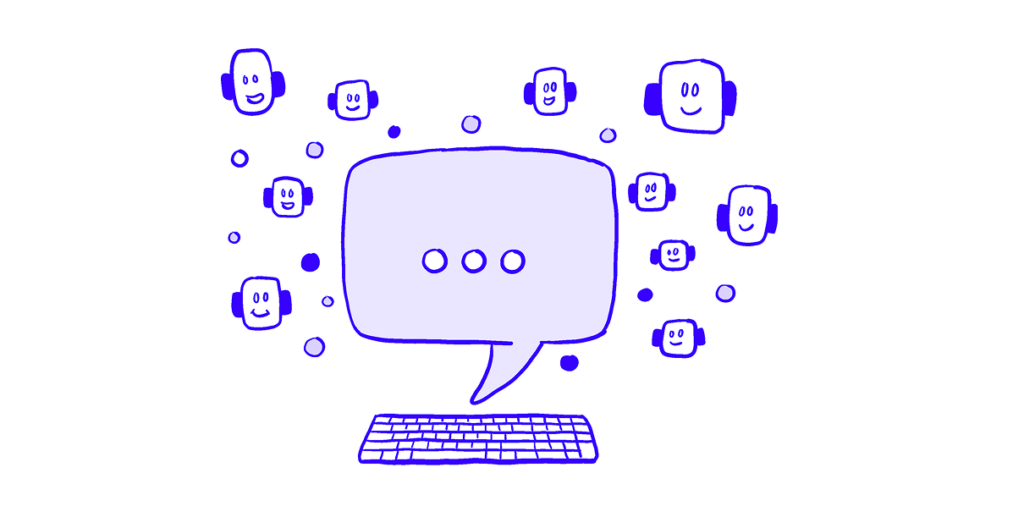
As you “talk” to us, we spin up little AI agents that transform the conversation, piece by piece, into the outline of an application. They don’t code, they plan.

That outline is in a custom programming language syntax we call “the Blueprint.” The Blueprint syntax is easy for humans to understand and edit—but easy for AIs to understand and edit, too.
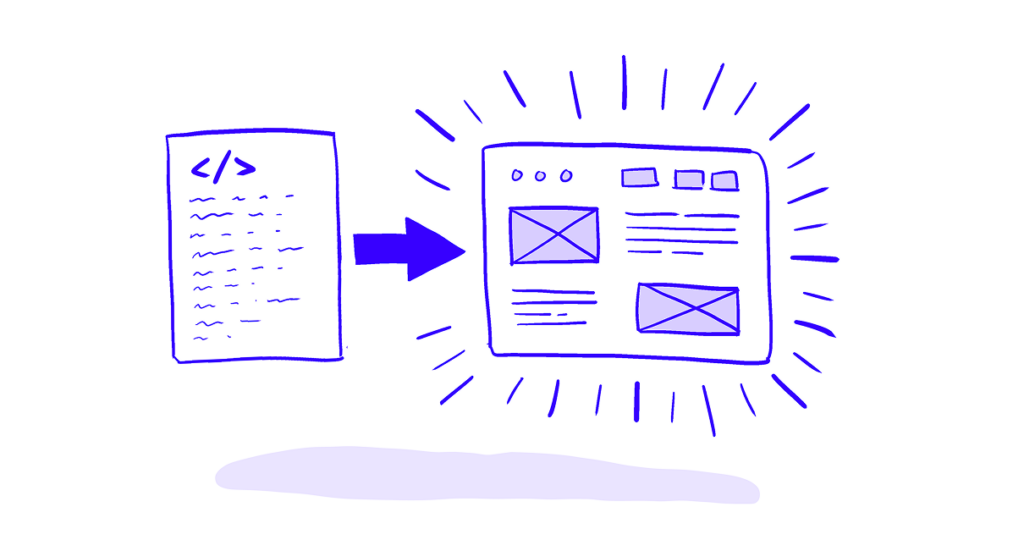
When we have enough information to take a first pass, we “compile” the Blueprint into a fully functional web application with zero dependencies. It is “just software”—nice, clean code, every component built by loving human engineers.
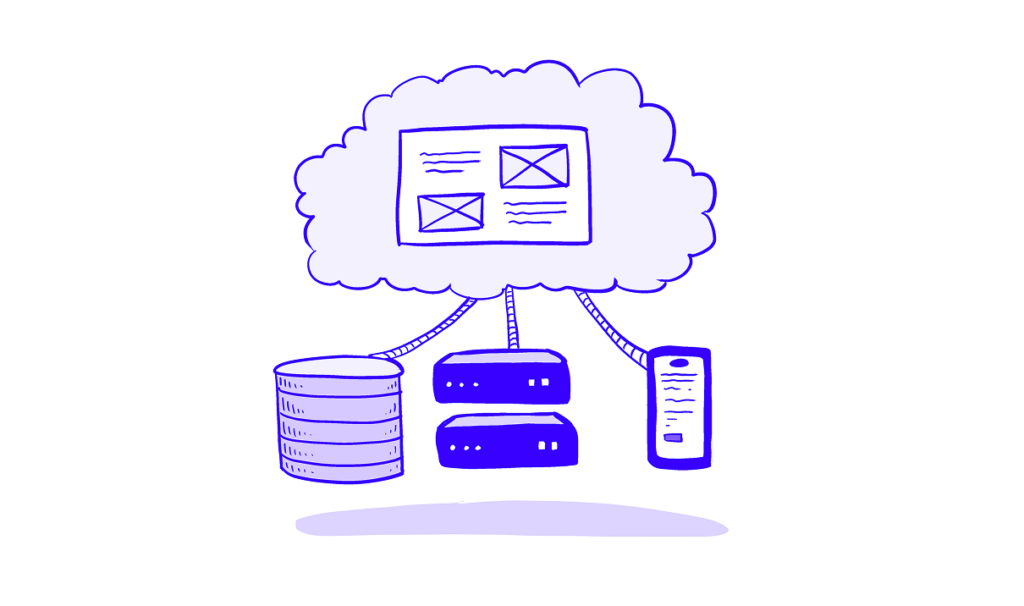
We then run that app on a cloud server. It has a database, a backend server, a frontend server, and a user interface. It also works on mobile devices.
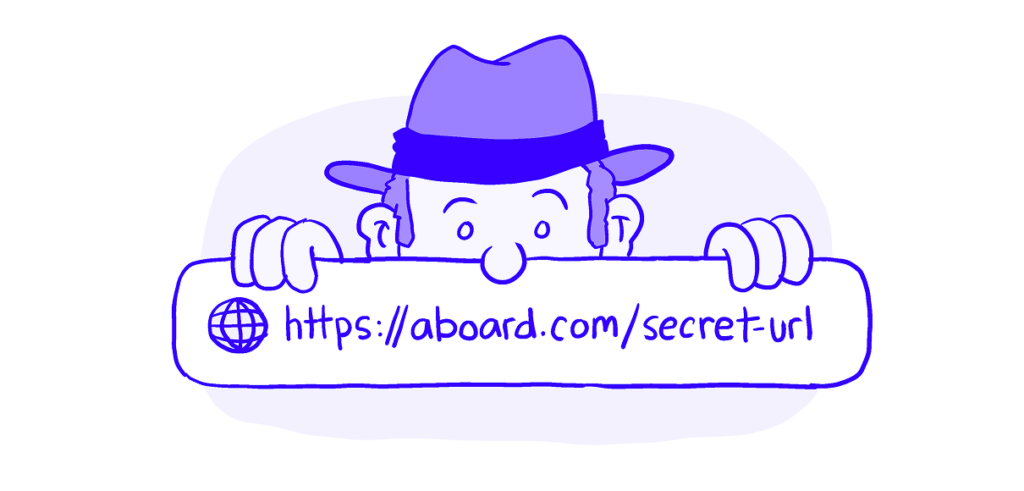
We give you a secret URL so you can try out the app, and share it with your friends and neighbors.
It’s a demo, but it’s also a real web app, which is a little confusing—but that’s where software is going. All of that takes 3-5 minutes. It doesn’t always get everything right. But it’s more stable and reliable than the vibecoding tools out there. That’s because we make AI build the architecture first. The result: Reliable, well-designed apps.
That’s five minutes. What about the next five weeks?
After the First Five Minutes
Let’s say you see the demo we built and want to make it real. What happens next is a mix of new technology gee-whiz and old-school client/customer service.
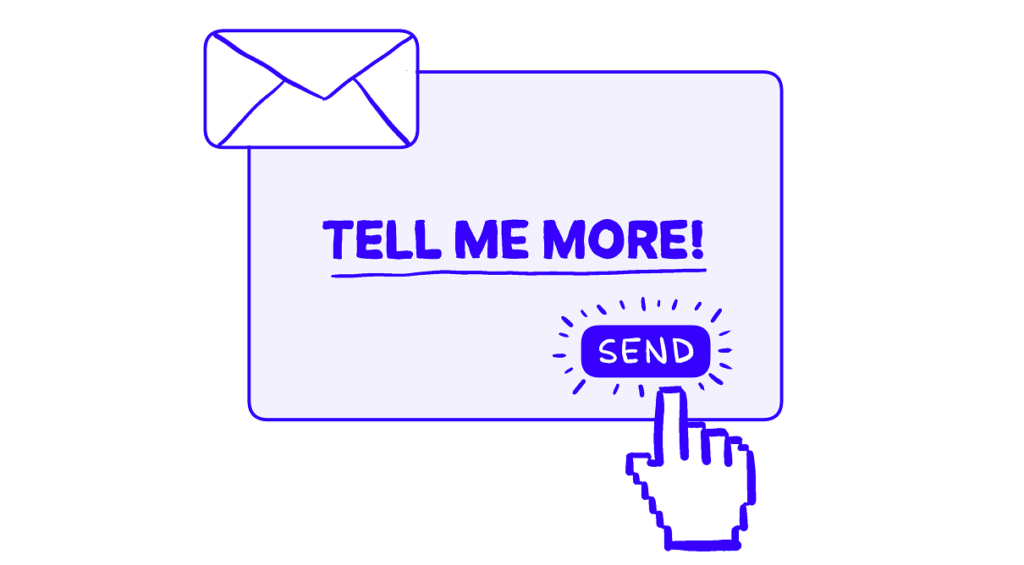
You reply to an email and let us know you’d like to learn more.
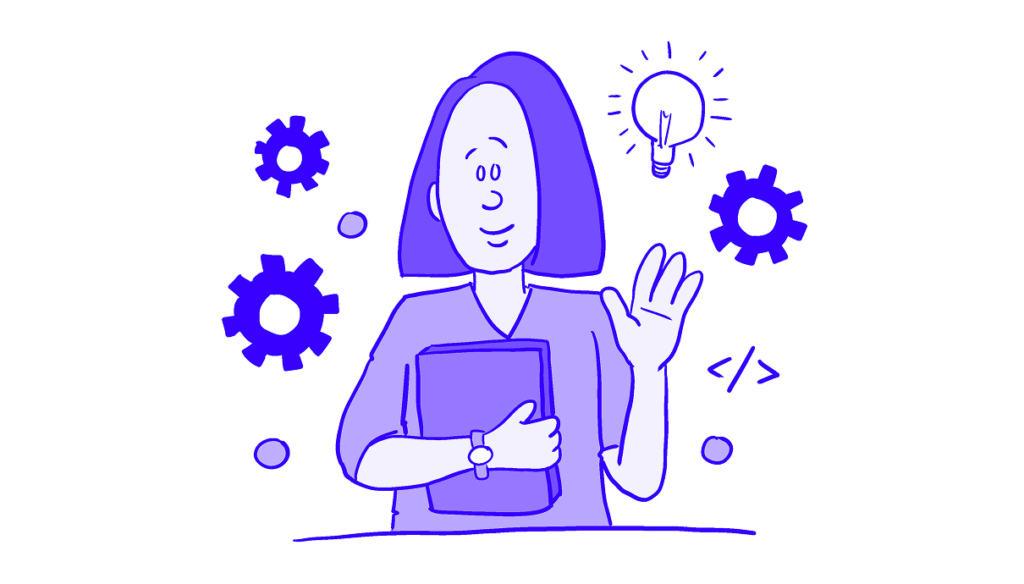
You talk to a Solution Engineer. This is a new role—a Solution Engineer is a product manager/consultant who is now empowered, by our tools, to build software.

Their first job is to understand your needs. If your needs are complicated, they might visit with you in person and listen to your team.
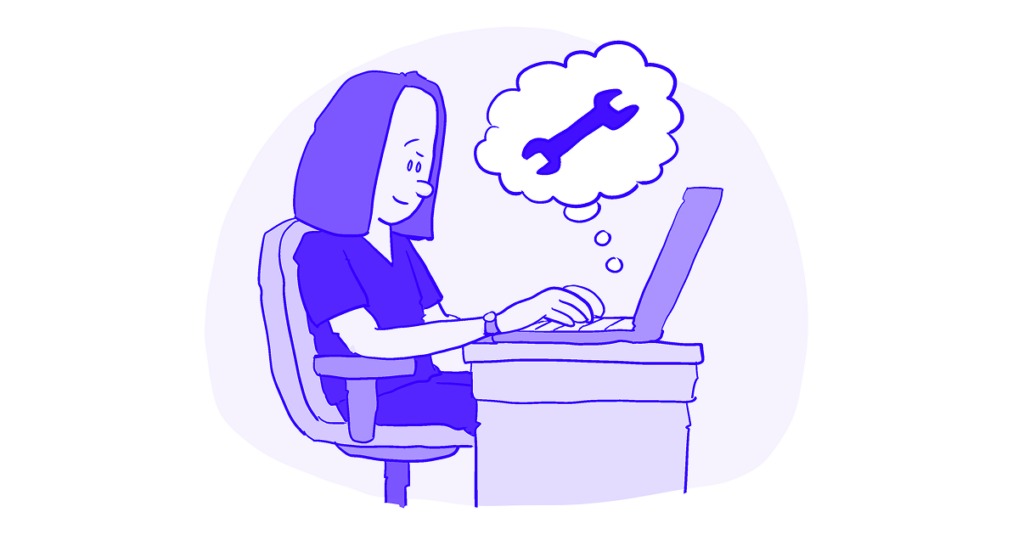
The Solution Engineer uses Workbench, our advanced software-development tool, to develop your solution. They might use AI, or edit the Blueprint by hand, depending on which is faster.
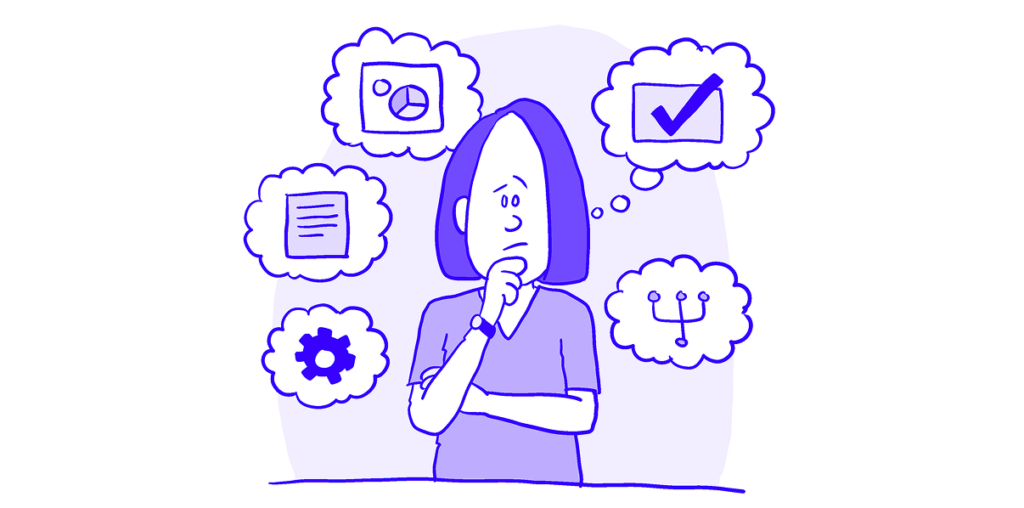
They solve problems around data model, user authentication, roles and permissions, business rules, and data migration—and whatever else needs to be solved.
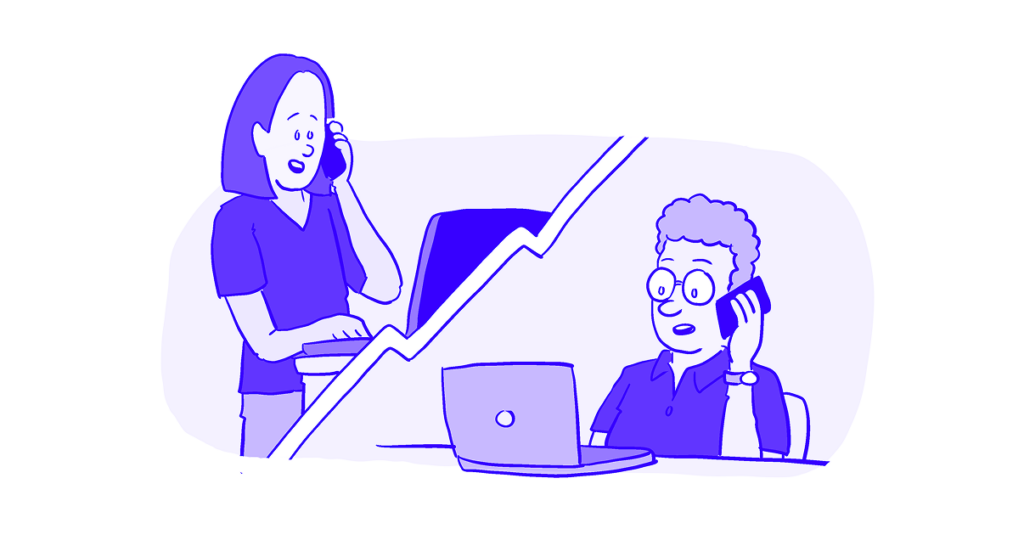
They talk to you regularly, or join your office chat. As they work, the prototype you built is regularly updated. You can see every piece of progress at all times.
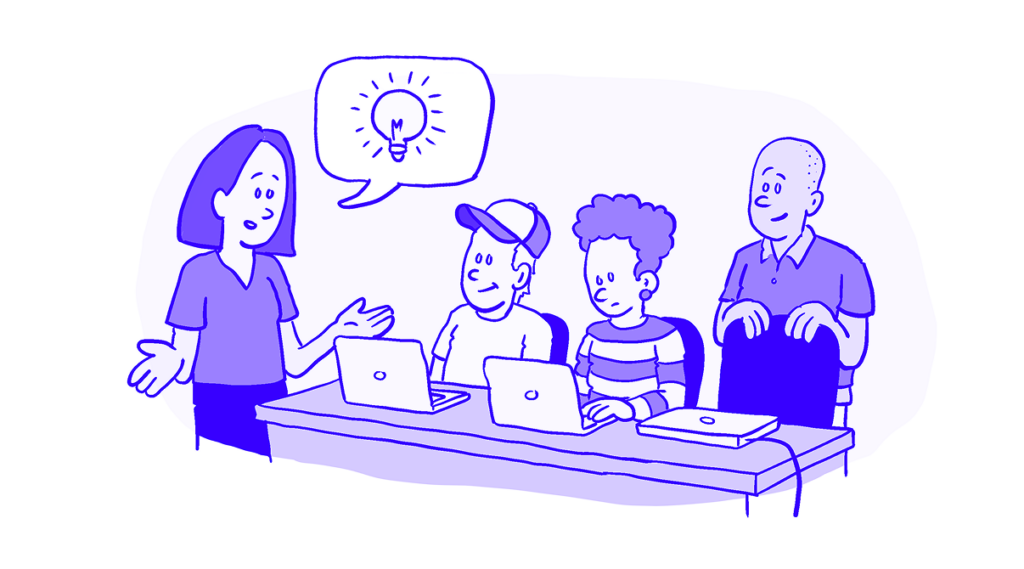
For specialized work—there’s always some!—they collaborate with engineers and designers (Aboard engineers or designers, a partner firm, or your in-house team).
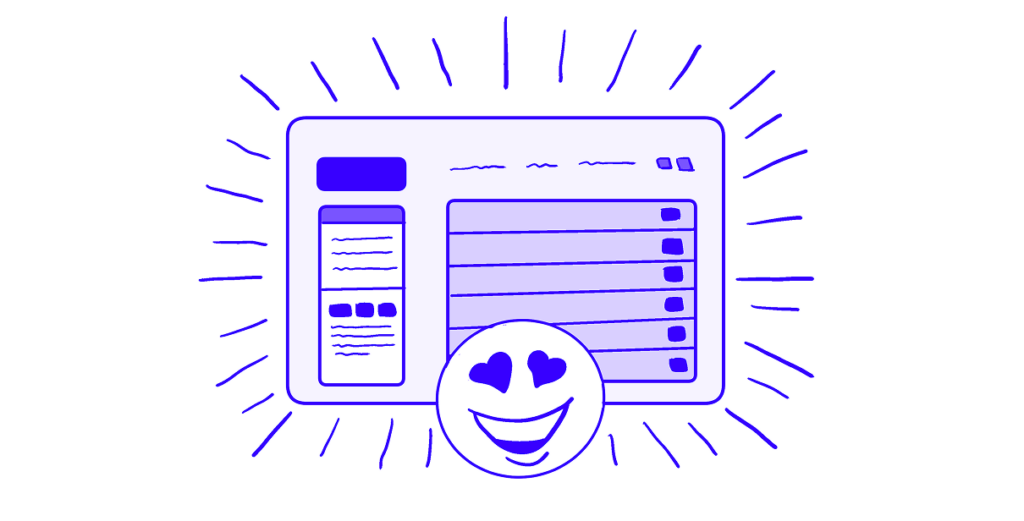
In a fraction of the time it used to take, your app is shipped to your team or your customers.
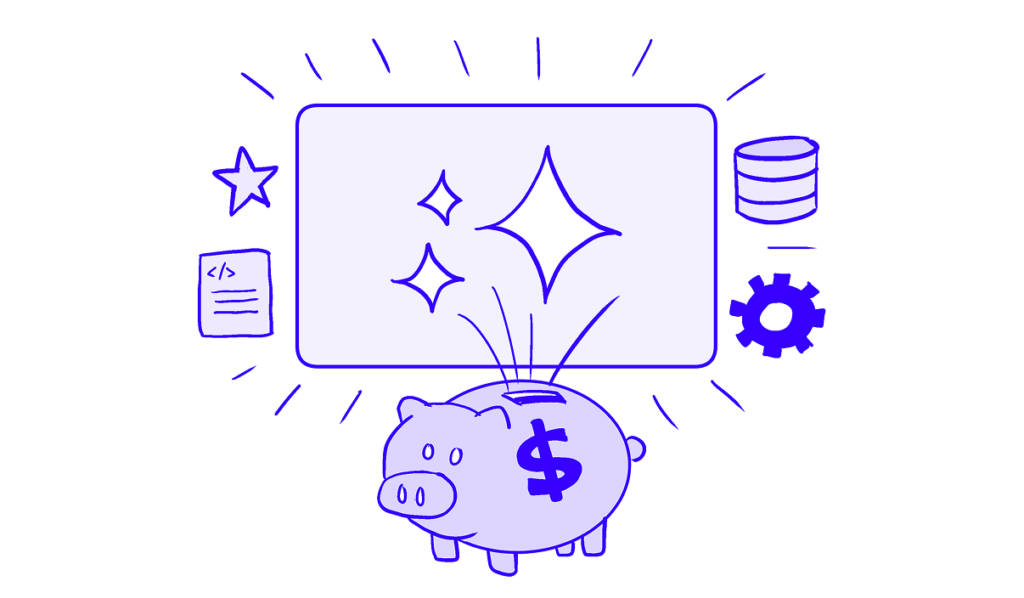
There are no big up-front costs. We work together for as long as you want. You get your thing—whether it’s an employee directory, a report generator, a new data-management tool, or a system for your pumpkin patch. And you get it faster and for less.
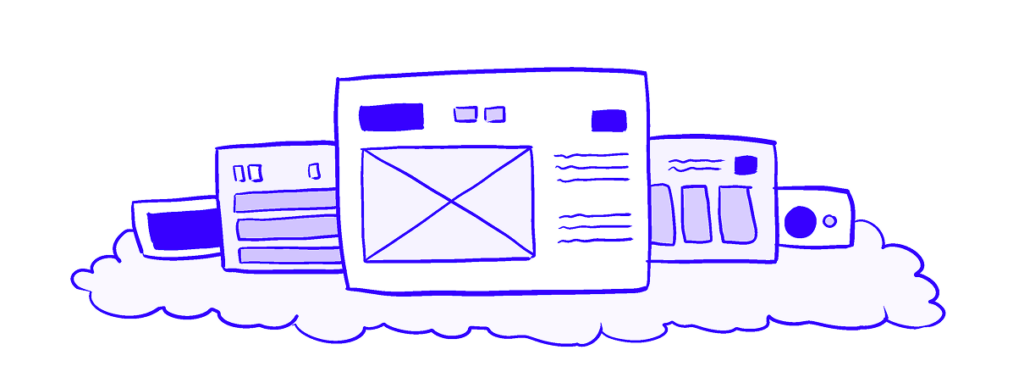
We continue to answer questions, update the platform, communicate with your team, and help you with your roadmap. We’re ready to help you build new apps, too. You get an agency level of service and reliability with an extensible, AI-accelerated platform, for a fraction of legacy costs.
So that’s what Aboard is. Try it out! We’d love to get your thoughts and ideas. We hope you consider us for all of your bespoke business-app needs. We’ll keep newslettering and podcasting, too, and continue sharing what we’re working on.


